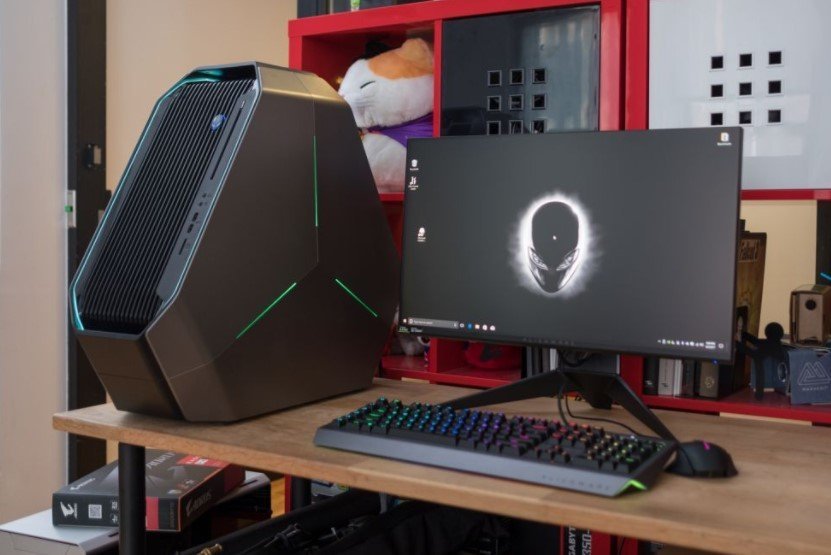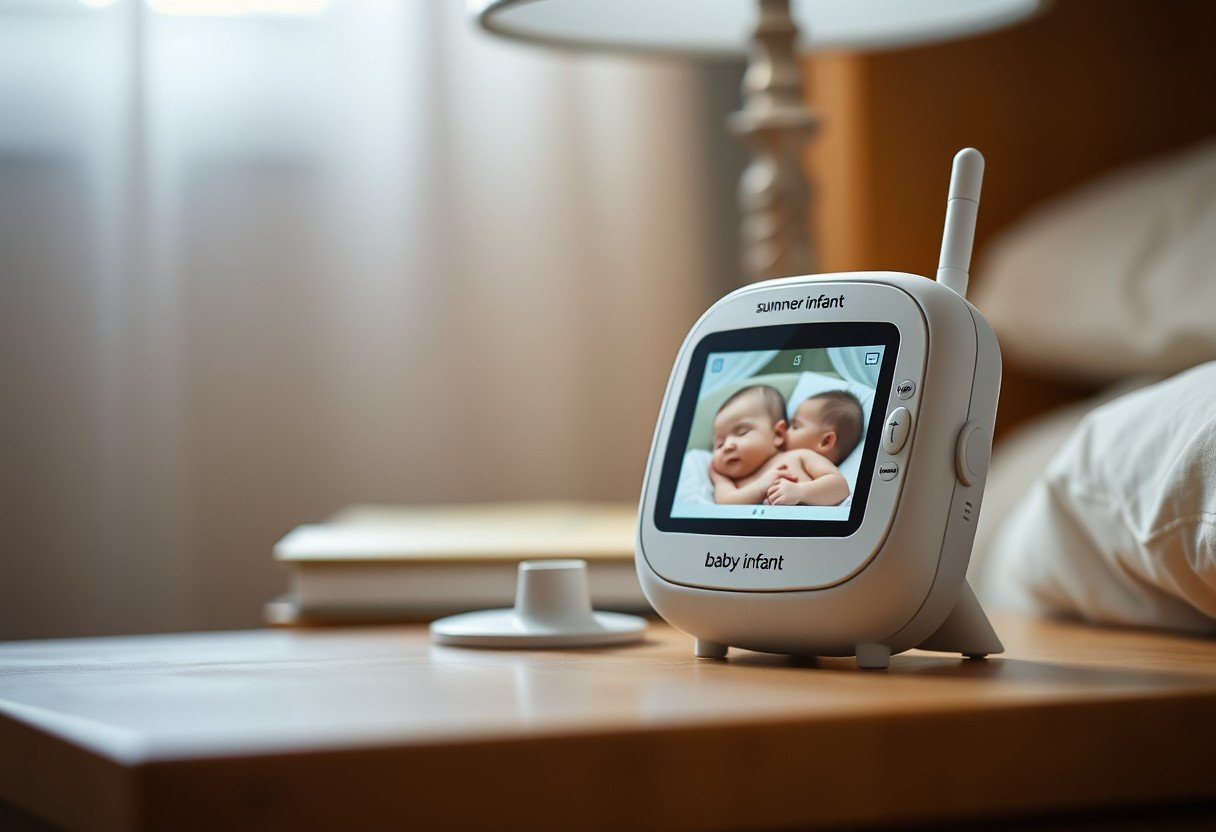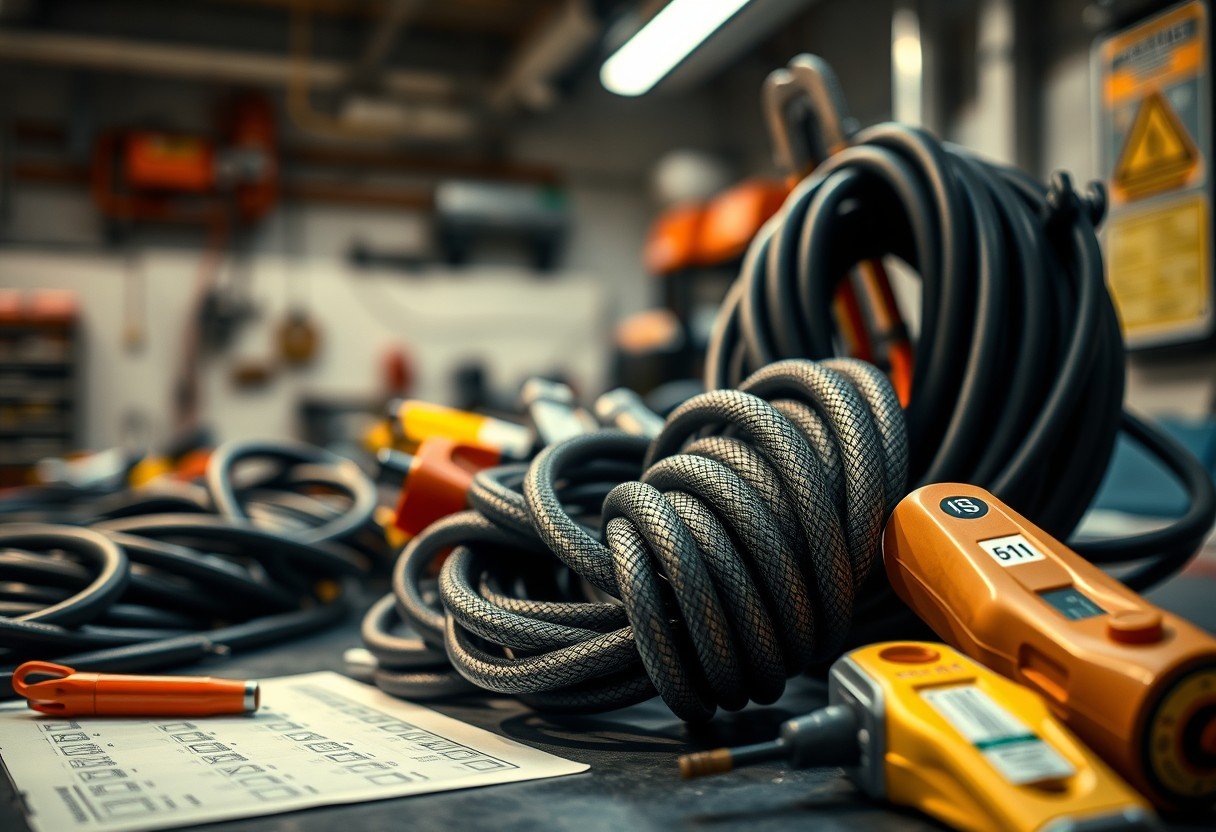Painting over old oil-based paint can feel like a huge project, especially with the thought of sanding. But what if you could skip that dusty, time-consuming step? It is entirely possible to get a beautiful, durable finish without sanding. The key is using the right preparation techniques and materials to ensure the new paint sticks properly. This guide shows you exactly how to tackle this project, saving you time and effort while achieving a professional-looking result.
Why You Should Skip Sanding Oil-Based Paint
Many older homes, particularly those built before 1978, have layers of oil-based paint that could contain lead. Sanding this paint is a major health hazard, as it releases toxic lead dust into the air, which can be inhaled by you and your family.
Beyond the safety concerns, sanding is simply a messy and labor-intensive job. It creates a fine dust that settles on everything in the room, requiring a thorough cleanup process. By choosing a no-sand method, you not only protect your health but also save significant time and cleanup effort.
This approach focuses on creating a clean and properly primed surface that new paint can grip onto chemically, rather than relying on the mechanical bond created by sanding.
Essential Supplies for a Sand-Free Paint Job
Gathering the right tools and materials before you begin is crucial for a smooth process. Having everything on hand means you won’t have to stop mid-project. The right products are designed specifically to solve the problem of adhesion between oil and water-based paints.
Here is a simple checklist of what you will need:
- Mild detergent or a dedicated degreaser like TSP (Trisodium Phosphate)
- Sponges or clean cloths
- A paint scraper or putty knife
- A high-quality, stain-blocking bonding primer
- High-quality latex or acrylic paint
- Paint brushes and rollers
- Painter’s tape and drop cloths
The most important item on this list is the bonding primer. This is not a step to skip or cheap out on, as it is the critical bridge between the old oil surface and the new latex topcoat.
Step 1: The Critical Surface Preparation
Proper preparation is the most important part of this entire process. A clean, dull surface is essential for the primer and paint to adhere correctly. Any dirt, grease, or loose paint will prevent the new coats from sticking, leading to peeling and chipping down the road.
Follow these preparation steps carefully for the best results:
- Thoroughly Clean the Surface: Mix a mild detergent with warm water and use a sponge to wash the entire surface. Pay extra attention to areas in kitchens and bathrooms that may have grease or soap scum buildup. After washing, rinse the surface with a clean, damp cloth to remove any soap residue.
- Scrape Away Flaking Paint: Inspect the surface for any loose, cracked, or peeling paint. Use a putty knife or paint scraper to gently remove these flakes. The goal is to create a solid foundation, and any unstable paint must be removed.
- Allow to Dry Completely: Let the surface air dry completely before moving on to the next step. Trapped moisture can ruin a paint job, so be patient. This can take a few hours depending on the humidity in the room.
Step 2: Choosing and Applying the Right Primer
Since you are not sanding, the primer does all the heavy lifting to ensure your new paint job lasts. You cannot use a standard drywall primer. You must use a product specifically called a “bonding primer” or “adhesion primer.” These are formulated with special resins that stick to glossy, hard-to-paint surfaces like oil-based paint, tile, and vinyl.
When applying the primer, use a high-quality brush or roller for a smooth application. Apply one even, consistent coat, making sure to cover the entire surface without leaving any bare spots. Don’t apply it too thickly, as this can lead to drips and an uneven texture.
Check the manufacturer’s instructions on the can for recommended drying times. Rushing this step is a common mistake. The primer needs to cure properly to create the strong bond necessary for the topcoat. Most bonding primers are ready for a topcoat within a few hours.
| Primer Type | Best Use Case | Adhesion Level |
|---|---|---|
| Bonding Primer | Glossy or slick surfaces (oil paint, vinyl) | Excellent |
| Standard Latex Primer | Porous surfaces (drywall, bare wood) | Poor on oil paint |
| Oil-Based Primer | Stain blocking and wood | Good, but strong fumes |
Step 3: Painting with the Best Techniques
Once your primer is completely dry, you are ready for the fun part: applying the color. For the topcoat, choose a high-quality acrylic or latex paint. Modern latex paints are highly durable and flexible, making them an excellent choice for painting over a properly primed oil-based surface.
The best technique is to apply multiple thin coats instead of one thick one. Applying thin coats promotes better adhesion and results in a much smoother, more professional-looking finish. A thick coat is more likely to sag, drip, and peel over time.
Apply your first thin coat of paint and let it dry completely according to the manufacturer’s instructions. Once it’s dry, apply a second thin coat to ensure full, even coverage. Most projects will require at least two coats of paint for a rich, solid color.
Caring for Your Newly Painted Surface
After all your hard work, you want your new paint job to last for years. Proper care starts as soon as the paint is dry. While latex paint may feel dry to the touch in a few hours, it takes several weeks to fully cure and harden. During this curing period, be gentle with the surface.
Avoid using harsh chemical cleaners or abrasive scrubbers on the new paint. For regular cleaning, a soft cloth or sponge with mild soap and water is all you need. Regularly dusting the surface will also help keep it looking fresh and prevent grime from building up.
Try to maintain a stable temperature in the room, as extreme temperature swings can cause the paint to expand and contract, potentially leading to cracks over time. With a little care, your sand-free paint job will remain beautiful and durable for a long time.
Frequently Asked Questions
What happens if I paint latex directly over oil-based paint without a primer?
The latex paint will not adhere properly to the slick, non-porous surface of the oil-based paint. This will quickly lead to the new paint peeling, bubbling, or chipping off, sometimes in large sheets. Priming is an absolutely essential step.
How can I tell if my current paint is oil-based or latex?
Soak a cotton ball in rubbing alcohol and rub it on a small, inconspicuous area of the wall. If the paint comes off onto the cotton ball, it is latex. If the paint does not come off and the cotton ball stays clean, it is oil-based.
Is a liquid deglosser the same as a bonding primer?
No, they are different products. A liquid deglosser, or liquid sandpaper, is a chemical agent that dulls the glossy finish of the old paint to help with adhesion. While it can be a helpful extra step, it is not a substitute for a high-quality bonding primer, which creates a new surface for the paint to stick to.
How long should I wait for the primer to dry before painting?
Drying times vary by brand and environmental conditions like humidity. Always check the instructions on the primer can. Generally, you should wait at least 4-8 hours, but allowing it to dry overnight is often the safest bet to ensure it’s fully ready for the topcoat.
Can I use oil-based paint to go over old oil-based paint?
Yes, you can paint new oil-based paint over an old oil-based surface without a bonding primer. However, you must still follow the critical preparation steps of thoroughly cleaning the surface and scraping away any loose paint to ensure proper adhesion.







Leave a Comment